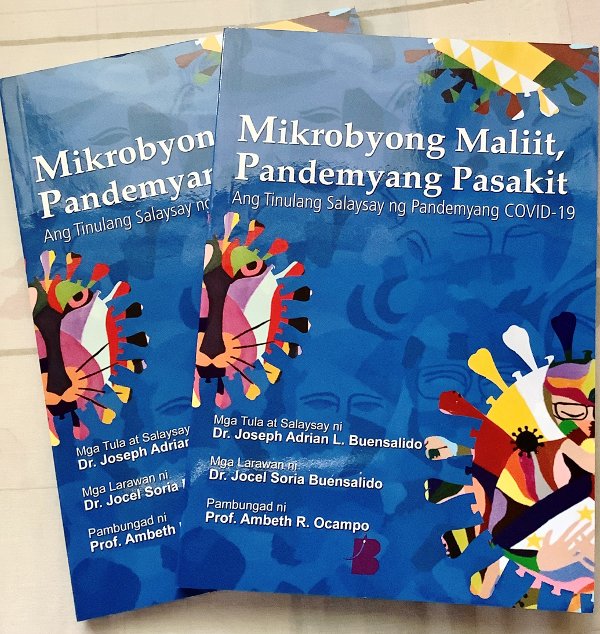Just days before Christmas, the anticipated surge in COVID-19 cases has started in Metro Manila, according to academic experts who are appealing to the public to avoid crowded and enclosed areas and observe minimum health protocols to mitigate the rise.
The health department and other private researchers said on Dec. 17 that they have monitored an increase in the number of cases in the previous fortnight because of increased crowding, improper use of protective equipment and other factors.
Health Undersecretary Maria Rosario Vergeire then warned that with the increasing trend, “the anticipated surge may no longer be a matter of if, but of when and how much” as she urged the public to continue wearing masks and observe physical distancing.
The anticipated post-holiday surge came early.
Based on available data, “a surge in its early stages has already started” in Metro Manila, the OCTA Research Team said in its Dec. 21 report. “This is a serious cause for concern,” it said.
It said the reproduction rate or the R naught (R0) which indicates how contagious the disease is, has increased from 1.06 to 1.15 in the national capital region (NCR) from Dec. 14 to 20.
The number of new COVID-19 cases a day in the country increased from 1,367 to 1,484, according to OCTA, an independent, interdisciplinary group composed mostly of University of the Philippines (UP) faculty members and alumni.
“The period of the declining trend in cases observed in the NCR in the past few months has now ended,” it said.
Based on Department of Health (DOH) numbers, COVID-19 cases reached 464,505 as of Dec. 21, with 23,491 active cases and 8,957 deaths.
Fr. Nicanor Austriaco, microbiologist and member of the UP OCTA Research said in the Dec. 17 media forum it was significant that the R-value has risen above one for the first time in two months, suggesting that the pandemic was accelerating.
“The danger is that the R will go up exponentially and explosively and that is what we are trying to prevent here today,” he said. “The wave is here, whether the wave will be a ripple or a tsunami will depend upon what the people of the Philippines will do over the next several weeks,” he added.
The worst case scenario is for the cases to hit up to 4,000 a day by the end of January in 2021, the OCTA Research Team and the Department of Science and Technology (DOST) warned earlier.
“Given the real threat of a surge in the NCR, all the LGUs concerned should also start preparing public health systems and personnel as well as increasing health care capacity to deal with the influx of cases in the next few weeks,” the Dec. 21 OCTA report said.
If that happens, the DOH said it could “overwhelm” healthcare capacity in hospitals in January at a time when it is “usually weaker” because of personnel transitions, end-of-contract job orders, and increased consults and admissions for non-communicable diseases such as hypertension and diabetes.
Antonio Dans, an infectious disease expert and member of the Healthcare Professionals Alliance Against COVID-19 (HPAAC), said the frontline workers from the emergency departments are the ones first experiencing the surge of new infections. These cases, however, are not included in the hospital occupancy rate because they have not been admitted.
The critical utilization rate or the capacity of the healthcare system to handle severe cases is currently at “medium-risk” (39.99%) (SEE VERA FILES FACT SHEET: COVID-19 numbers used in measuring success of gov’t response explained).
The DOH has highlighted three characteristics of super-spreader events: indoor venues, poor ventilation, and vocalization or a situation in which a lot of people are talking or singing.
Shopping malls and family gatherings where there are more than 10 people are among the settings with high-risk exposure to the virus. Other places also include restaurants, bars, clubs, choir practices, weddings, funerals, nursing homes, and meatpacking plants.
Other countries like the U.S. already reported nearly 200,000 new infections and almost 90,000 hospitalizations post-Thanksgiving celebrations. In Canada, a surge of 100,000 new cases were recorded in the period between November and December.
“We also exhort our citizens to avoid not just crowded and enclosed areas but also to refrain from joining or organizing social gatherings this Christmas season,” the OCTA Team said.
The coronavirus can be transmitted when an infected person coughs, sneezes, talks or sings as this would expel respiratory droplets to another person in direct or indirect contact.





